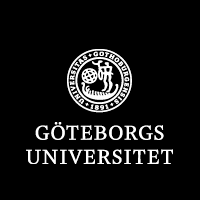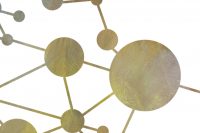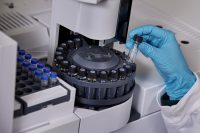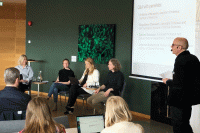aug
2019
Lecture hall Arvid Carlsson, Academicum, Medicinaregatan 3
A special lecture at the Institute of Neuroscience and Physiology.
Prof. Steinbusch will represent the University of Maastricht at the joint Master of Science Project presentation on the role of astrocytes in neurodegeneration after brain hypoxia. Hosts – Milos Pekny, Ulrika Wilhelmsson and Marcela Pekna. For further information, please contact milos.pekny@neuro.gu.se
Abstract for the special lecture:
Harry W.M. Steinbusch, Dept. Translational Neuroscience, Faculty of Health, Medicine and Life Sciences, Maastricht University Medical Centre +, Maastricht, The Netherlands; European Graduate School of Neuroscience (EURON)
”Brainstem Dysfunction in Neuropsychiatric Disorders – AD/PD/Depression”
Despite the fundamental role of the brainstem in regulating vital functional abilities such as arousal, breathing, autonomic nervous system activity as well as regulating all higher cerebral functions via neurotransmitter projections systems originating in the brainstem, the role of the brainstem has received relatively little attention in most neuropsychiatric disorders. Besides the dorsal and median raphe nuclei complex comprising mainly serotonin-producing neurons, the brainstem also contains noradrenalin, dopamine and histamine-producing nuclei, i.e. resp. the locus coeruleus, the substantia nigra and the mamillary bodies. The brainstem is furthermore the relay station of afferent and efferent projections between the autonomic nervous system in the peripheral body and higher cerebral brain regions. The current presentation aims to review the neuroanatomy of the brainstem as well as the current status on findings, derived from a wide range of studies using molecular, cellular and imaging technologies, of brainstem involvement in neurodevelopmental (i.e. autism, schizophrenia) and neurodegenerative disorders (Alzheimer’s and Parkinson’s disease).
Over the past decades, the incidence of age-related, neurological and psychiatric disorders such as Alzheimer’s disease (AD), Parkinson’s disease (PD), but also depression has considerably increased. Mood disorders are strongly related to the exposure to stress. The hippocampus and other forebrain structures are the apex of the stress hormone control mechanism and damage to them may be one way in which stress hormone secretion escapes from inhibitory control in depression. In turn, stress, probably through toxic effects of glucocorticoids, decreases neurogenesis and cell survival while antidepressants enhance these processes in experimental animals. Therefore, since treatment strategies are not yet available, primary prevention in these age-related and stress related neurological disorders is of importance. As mentioned before most of the focus on neurobiological questions on above mentioned disease are related to forebrain structures since they are often associated with cognitive dysfunction. The brainstem is a highly neglected brain area in neurodegenerative diseases, including Alzheimer’s (AD) and Parkinson’s (PD) disease and frontotemporal lobar degeneration. Likewise, despite a long-standing recognition of brainstem involvement, relatively few studies have addressed the exact mechanisms that underlie brainstem autonomic dysfunction. Improved insight in the cellular and molecular characteristics of brainstem function is pivotal to study the developmental origins. As brainstem dysfunction also poses health issues in several other, neurodegenerative, disorders (like AD and PD), progress in these neurological fields will benefit from scientific advancement in the current proposal as well. In the area of depression, several observations have been made in relation to changes in one particular brain structure: the Dorsal Raphe Nucleus (DRN). In addition dysfunction of the cerebellum is also observed in AD and associated with pulmonary deregulation. The DRN is also related in the circuit of stress regulated processes and cognitive events. In order to gain more information about the underlying mechanisms that may govern the neurodegeneration, e.g. amyloid plaques, neurofibrillary tangles, and impaired synaptic transmission in AD, a rat dissociation culture model was established that allows mimicking certain aspects of our autopsy findings. We observed a similar phenomenon in brains from patients suffering from neurodegenerative disease since this also related to changes in BDNF levels. The ascending projections and multitransmitter nature of the DRN in particular and the brainstem in general stress its role as a key target for AD/PD research and autonomic dysfunction. It also points towards the increased importance and focus of the brainstem as key area in various neurodevelopmental and age-related diseases.










